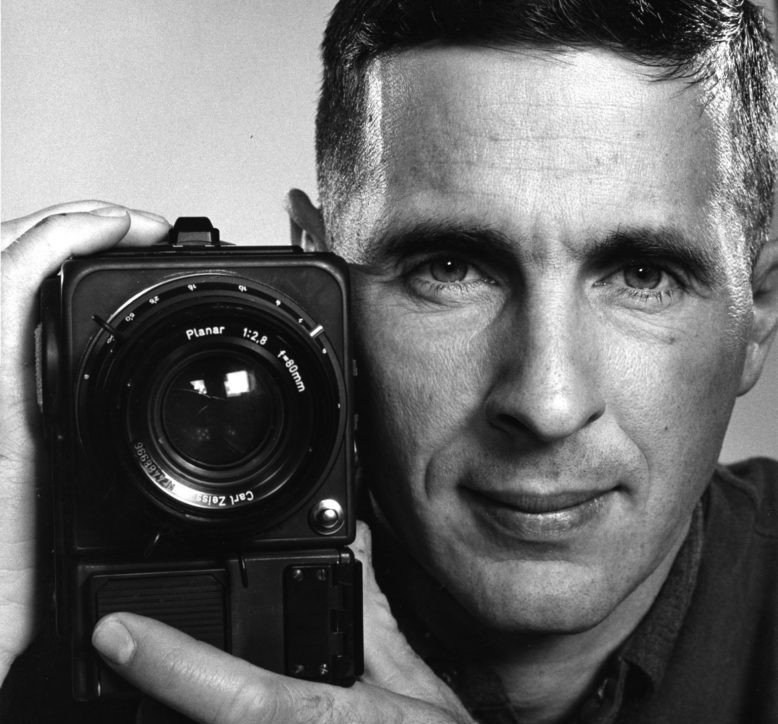Earthrise. The image that changed the world
Earthrise, 1968.
On December 24, 1968, astronaut William Anders photographed the Earth from lunar orbit and transformed our conception of the world forever.
More than fifty years ago, Bill Anders photographed the earth from Apollo 8 as it made its fourth complete orbit around the moon. Leaving behind the dark face of the lunar orbit, the earth emerged on the horizon and Anders did not hesitate: he took his camera and immortalized the image.
It was five days until the astronauts returned home and the photos were revealed. This was not the first time that the earth was photographed from space. Lunar probes had sent back rudimentary pictures of Earth surrounded by clouds. A satellite had even taken a color photograph of the earth in the autumn of 1968. But none had the echo of the image already known in mid-1969 as "Earthrise".
Cover of Life, 1968-69.
Life magazine, in its New Year's edition, published the photo on a fold-out page next to a poem by James Dickey:
And behold
The blue steeped in its dream
Of reality, its calculated vision shaking with the only love.
In California, a few months later, a publication called the Whole Earth Catalogue, run by the eccentric editor Stewart Brand, also published Earthrise on the cover. The magazine was a kind of survival manual for the counterculture, composed of manuals on how to travel backpacking, knitting clothes at home, the art of tantra, or raising domestic animals.
Suddenly a hippie and environmentalist magazine paid tribute to rockets and the pseudo-military junk born of the Cold War arms race. It was also noteworthy that a mission to the Moon photographed the Earth. The Apollo 8 mission had the objective of capturing images of the lunar surface; they needed high-resolution images, which Ander took advantage of to photograph a planet hundreds of thousands of kilometers away.
Stewart Brand was one of the avant la lettre environmentalists who understood that the Earth, our home, was an extremely fragile place. The planet is a blue balloon in the middle of the darkness and an effort is needed to preserve it. "It earned that iconic status," said the now-retired Anders. "People realized that we live on this fragile planet and that we need to take care of it." Earthrise corroborated that sentiment and more. With its incredible beauty, a beauty that no one had ever been able to behold since the beginning of time, the image of the Earth took humanity by surprise.
"We got there to explore the Moon and, in the end, we discovered the Earth," Anders concluded.
The Apollo missions and Zeiss lenses
Anders captured the historic photo with a modified Hasselblad 500 EL camera. He quickly replaced the black-and-white film with color film and continued shooting with a Zeiss Sonnar 250MM telephoto lens (1/250 second at f/11). At that moment and without knowing it, Anders became one of the most famous photographers of the 20th Century.
William Anders and the Hasselblad 500 camera.
Convinced of the importance of graphically documenting each expedition, NASA looked for the best cameras and lenses. ZEISS, the German laboratory specializing in precision optics, became the recurring partner for this task.
Photographing and filming in space required the invention of new technologies. First, cameras and lenses needed to function perfectly with extreme temperature fluctuations. Likewise, it was necessary to get the optics of the lens to work perfectly in zero gravity, and also to carry out mechanical changes to be able to use it in space.
The first photographs from space were taken in 1962, during the Mercury Atlas 8 mission. At the time, an image of Earth taken from space was still a real first. Earthrise occurred during a lunar surface reconnaissance mission. Finally, on July 20, 1969, man stepped on the moon for the first time. More than 500 million people around the world saw this first step and were amazed by the images they brought to Earth from the lunar surface.
ZEISS designed the Biogon 5.6/60 wide-angle lens specifically for the lunar landing. The photographs had to capture the surface of the satellite with good contrast and maximum definition. The camera created crosshairs on the images during exposure, which made it possible to calibrate distances and heights facilitating size ratio analysis of objects on the moon.
During the Apollo 17 mission, the last manned mission to the Moon to date, the astronauts captured spectacular panoramic photographs of the lunar landscape, with the astronauts in the foreground. The Zeiss Biogon photographs gave an almost surreal atmosphere to the Apollo missions
Zeiss and El Graduat
Fifty years later, ZEISS lenses continue to be the benchmark both for NASA and also for optometrists and opticians such as El Graduat. The German laboratory was born in Jena, in 1846, and for more than 175 years has led the optical industry with ophthalmic lenses and also with lenses for microscopes, telescopes, semiconductors, etc. Whether they are working on a space camera or progressive lenses, Zeiss remains the undisputed number one.
Our experience as optometrists places the German laboratory a step above. No one can guarantee the clarity, definition, focus of your ophthalmic lenses and filters. The difference is obvious and immediate. Especially, when a customer tries on the glasses for the first time. Many people perform theinvoluntary famous “oh!” the first time with Zeiss glasses.
We opened El Graduat in the middle of a pandemic, and despite the uncertainties, the presence of Zeiss was one of the fundamental pillars on which the optician rested. We will talk further about both Zeiss and its ophthalmic lenses.
See you soon!
Zeiss lenses, the best in the world.




